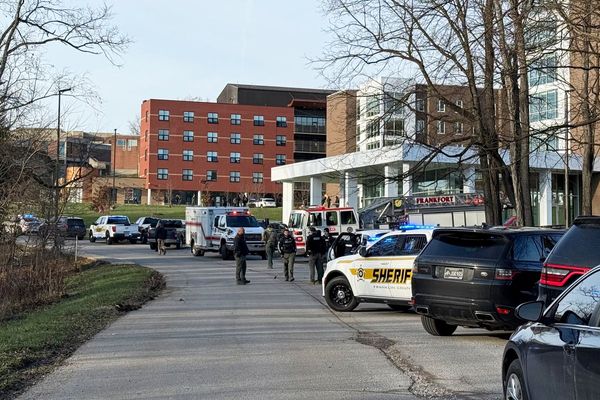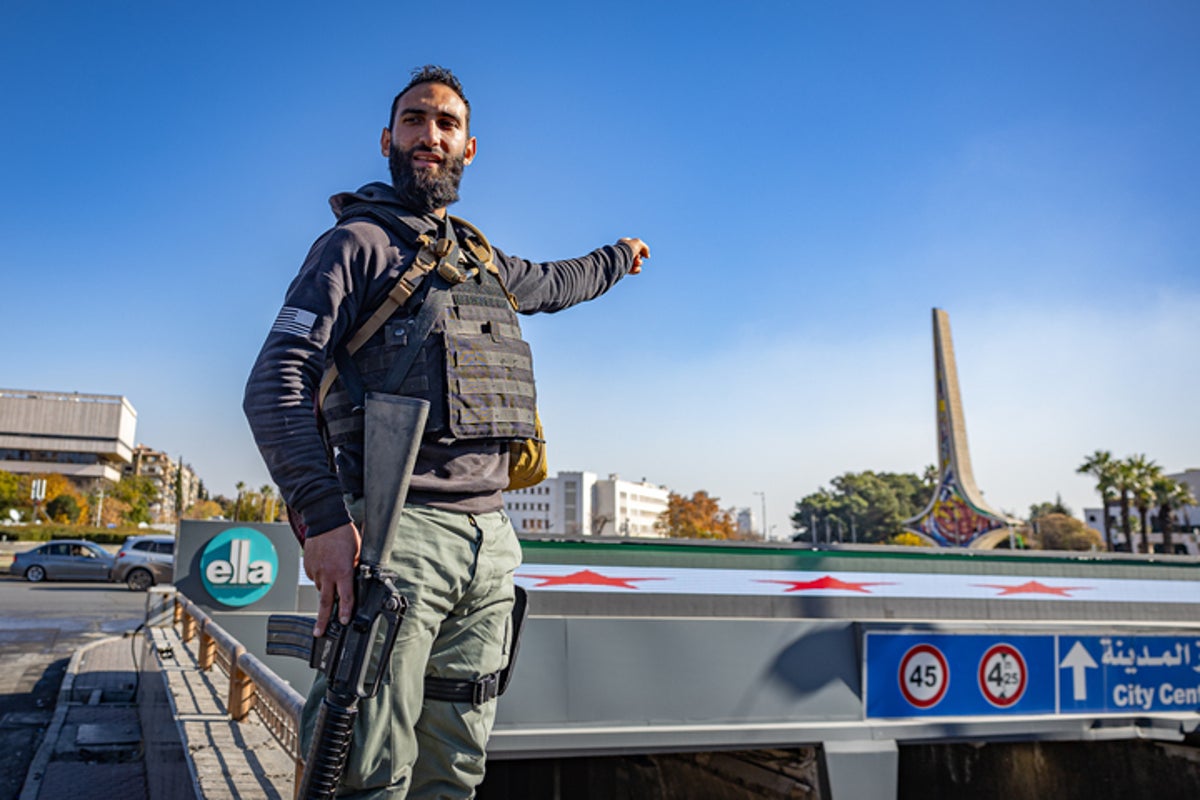
Living in mud-brick huts in the middle of the desert, under the toughest siege of Syria’s civil war, the 8,000 displaced people left to rot in the isolated Rukban camp thought they would never make it out alive.
For nine years, the Assad regime strangled supplies of food, water and medicines into the camp, closing even smuggling routes, earning it the moniker the forgotten “no man’s land”. This is despite the fact it is located just a few kilometres from a US military base and the Jordanian border and in territory that the US had de facto control over.
Families who lived there had fled chemical weapons attacks and besiegement in other parts of the country, hoping to escape via the Jordanian border which was all but sealed in 2015, leaving them stranded. For nearly a decade, they survived on rotten bread and bits of rice, watched their children die from preventable diseases, and prayed for survival in the wastelands where they lived.
The last UN convoy allowed into the camp was in September 2019. The only lifeline was a small grassroots US-based NGO – the Syrian Emergency Task Force (SETF) – which begged the American military to allow it to ferry supplies from US bases and smuggle them into the camp.
“It was by far the toughest siege of the whole war,” says Ahmed Sheikh al-Ghanama, 27, originally from an eastern suburb of Damascus, in tears as he entered his home city for the first time in over a decade.
A teenager at the start of the 2011 revolution, which quickly descended into civil war, Ahmed joined the rebels and fled to Rukban after surviving an August 2013 sarin gas weapons attack on Ghouta, an eastern suburb of the capital, that is thought to have killed as many as 1,700 people.
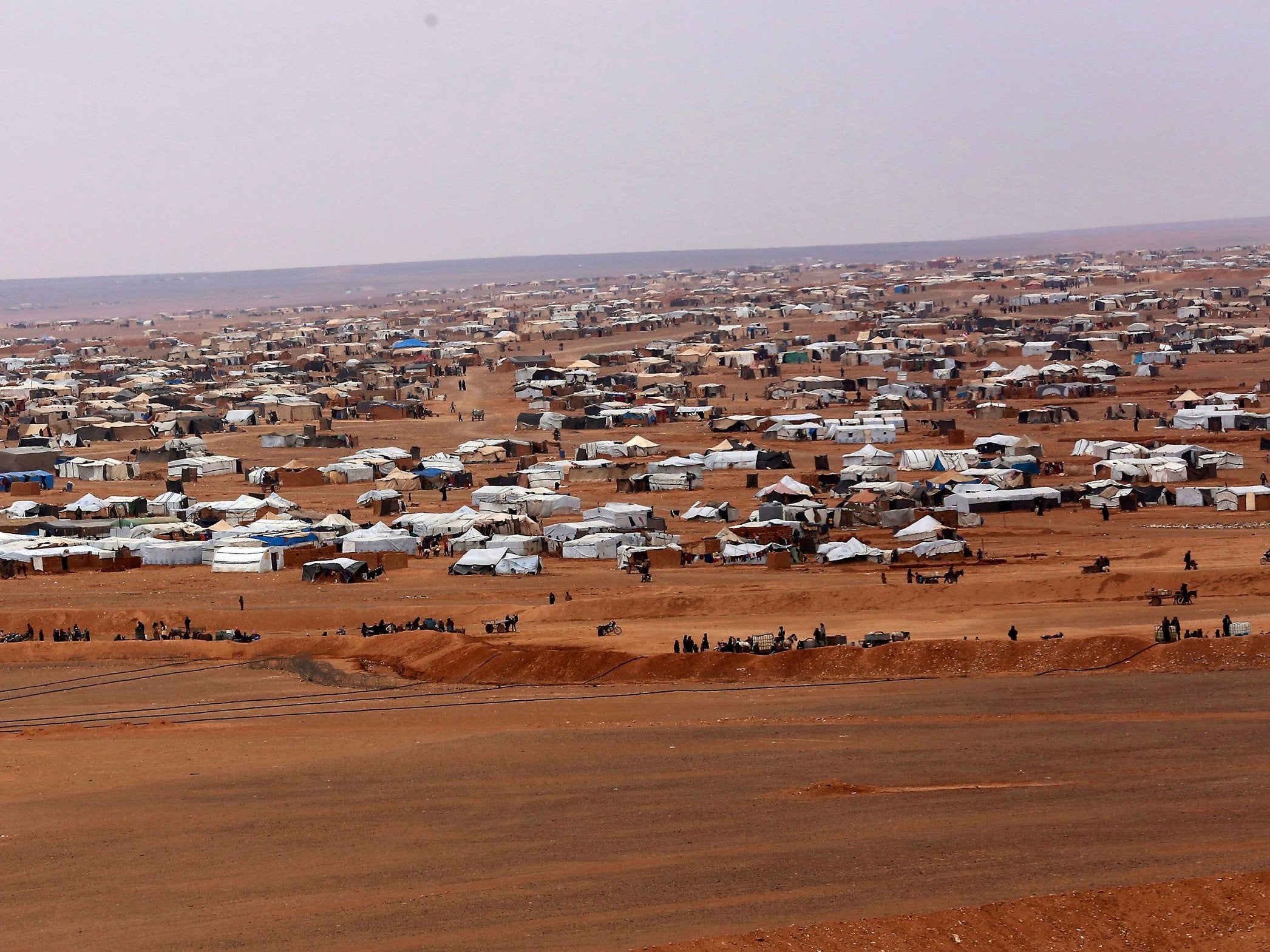
He lived in Rukban with his wife and surviving child until this week, when he learnt that Bashar al-Assad had fled the country. “I almost fainted from crying so much when I heard that the Assad regime had fallen. We went out to the checkpoint and liberated it. This was a dream, to be free. Within hours, they said Assad is done,” he told The Independent after entering Damascus.
“The hardest thing was that we didn’t have doctors. My wife gave birth, and the baby died because the surgery was too late. My daughter died,” he adds, in tears.
“There were people who suffocated and died from illnesses, a fever like Covid-19. We didn’t even know what they had. You couldn’t even find paracetamol. If you had a headache, you couldn’t afford it.”
The only lifeline was the SETF, which negotiated with the US military to allow food to be transferred along a complex string of bases in the region – starting at bases in Iraq and Jordan, and ending at the Tanf garrison in Syria, just 16km from the camp. From there, the organisation had to smuggle supplies past regime controls.
Mouaz Moustafa, its founder who had worked on Capitol Hill as a staffer for congressman Vic Snyder and senator Blanche Lincoln, was with Ahmed as he entered the city. He said his organisation risked bankruptcy trying to get supplies to the 8,000 desperate inhabitants and had worried, in the months before Assad’s ejection, about how long they could keep going.
“Some people in Rukban would risk their lives to go back to regime-held areas for the one per cent chance that their kid could get treatment, but they’d end up being interrogated and tortured, which is almost worse than death,” he told The Independent, in tears himself.
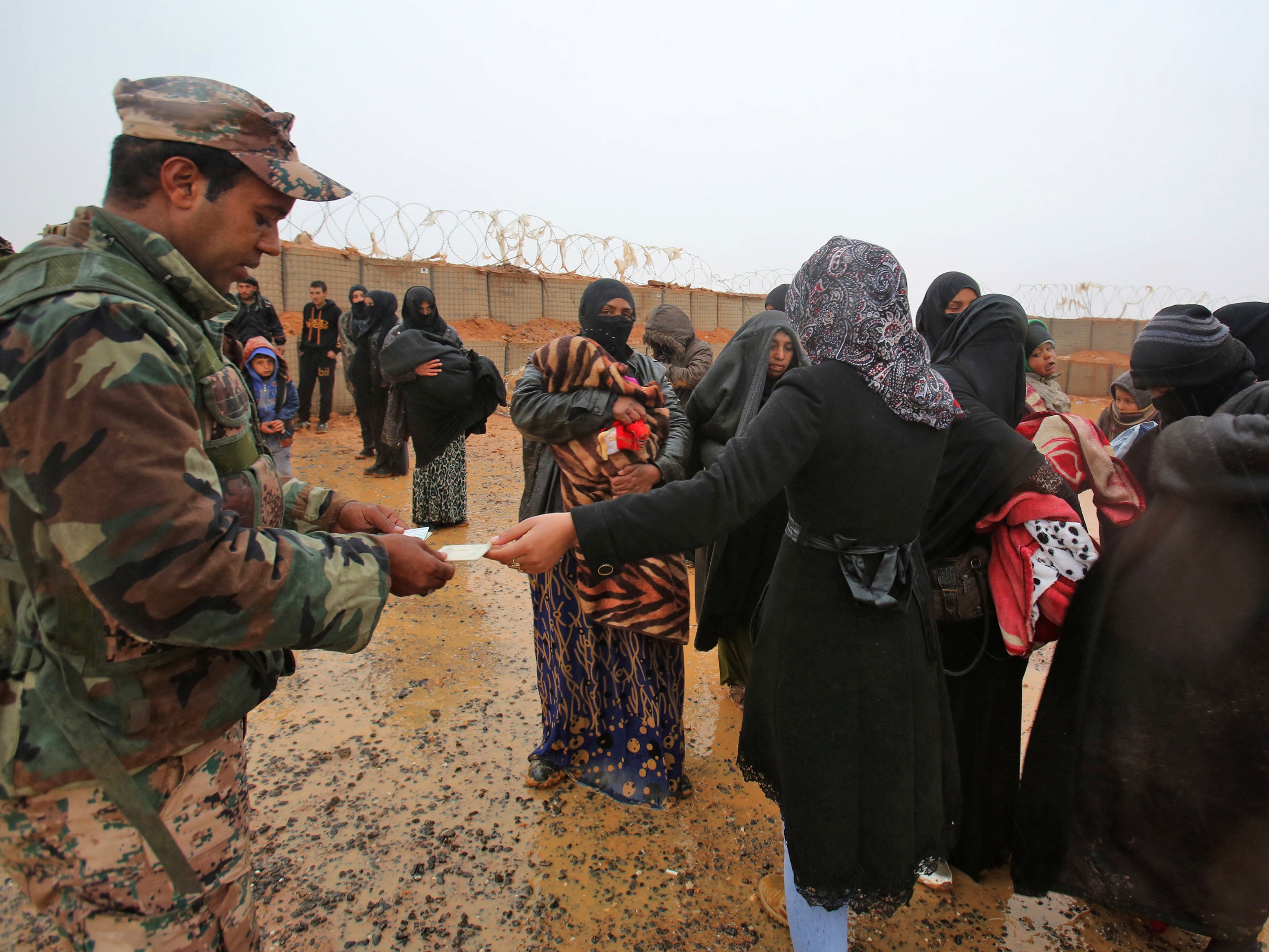
“There were no doctors. Sometimes people would call me and say, ‘My kid died. I have no idea why. Can someone just diagnose it so I can know if my other children will die too?’”
This tiny, isolated patch of desert rose to global infamy during the siege because it was so intense, despite being close to a US military base and the Jordanian border.
In July, Laura Dix, the UK’s deputy political coordinator, raised the plight of the trapped population at the UN Security Council, calling on the Syrian regime to immediately permit commercial and humanitarian access to the camp.
If we had just given up and said, ‘This is unsustainable,’ these people would have died. So many people have called me since, saying, ‘Thanks for feeding us long enough for us to go home’
In September, Amnesty International reported that Jordan continued to “unlawfully deport Syrians” to Rukban despite the camp’s unliveable conditions. It accused the US of making little visible effort to improve the desperate situation despite having the ability to do so, and called the situation “unfathomable”.
The camp was established in 2012 because it was at the intersection of the Jordanian and Iraqi borders, allowing families fleeing the war to transit through the camp en route to seeking asylum in Jordan.
That all but stopped in 2015, when Jordan, overwhelmed by hundreds of thousands of refugees, stopped receiving Syrians unless they had Jordanian residency permits or fell into a limited number of special exceptions. A year later, Jordan declared its border regions with Syria and Iraq to be closed military zones after a suicide bombing in the area killed six of its soldiers.
Around the same time, the Syrian government tightened its siege, setting up checkpoints that blocked informal smuggling routes the camp’s residents relied on for essential supplies.
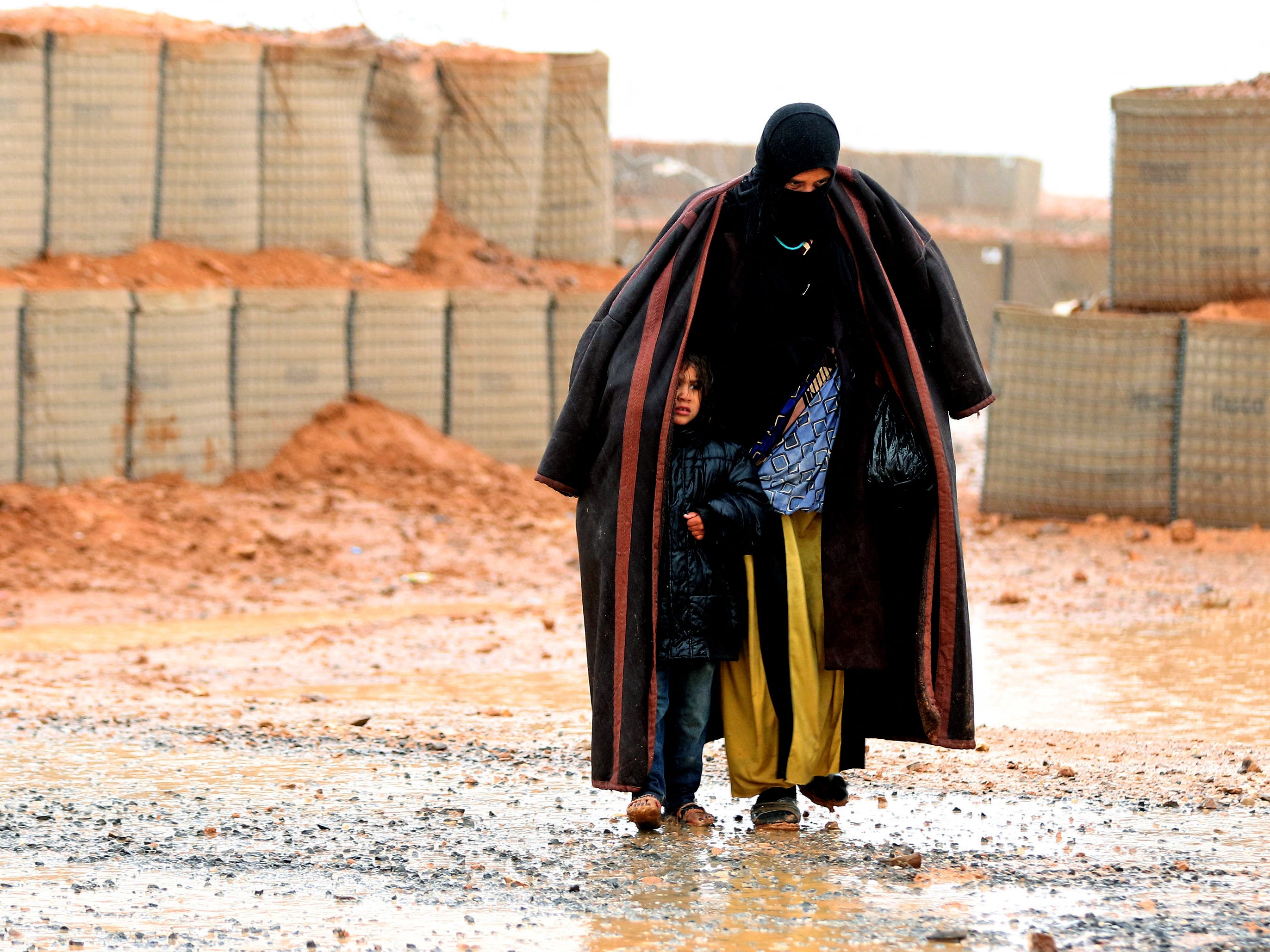
In 2018, the camp’s residents started building huts out of makeshift mud bricks using soil, pebbles, straw, and water, which they baked in the sun. This followed a tragedy in which a six-month-old baby girl drowned after heavy rains destroyed one of their tents.
They lived like this until this week.
“I kept saying, I don’t know how we are going to keep up. We’re a small organisation – no United Nations, no international community, borders closed, complete besiegement. I didn’t know how sustainable it was. I said, even if the organisation is completely bankrupt, we are the only ones getting in,” Moustafa, head of the SETF, told The Independent.
“If we had just given up and said, ‘This is unsustainable,’ these people would have died. So many people have called me since, saying, ‘Thanks for feeding us long enough for us to go home. Otherwise, it would have been over.’”
For Ahmed, it was the first time entering his hometown, Damascus, in 15 years. He still hasn’t seen his mother, who fled to neighbouring Lebanon. He learnt that three of his friends who disappeared into the “slaughterhouse” prison of Saydnaya were missing, possibly executed.
“For 13 years, our only hope was in God. Now we have hope for the future, for what we’ve achieved ourselves,” he said. “I wish that the people who died through these 14 years could be with us to see this day. Thank God we achieved their goal, their hope, and their dreams.”





